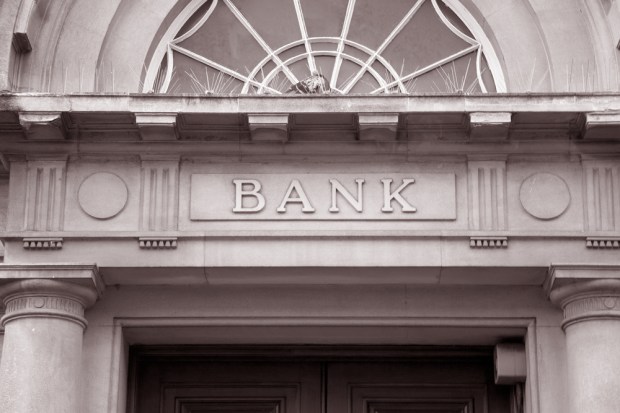Banks Now Compete For Consumer Deposits

U.S. banks are competing for customer deposits, but the country’s largest retail banks are still being stingy with their interest rates.
According to Financial Times, Puerto Rico-based Popular is offering a 2 percent annual rate on an online instant access account, which is the most generous of its kind in the country. Bank of America, for example, paid an average of only 0.01 percent on U.S. savings accounts in the final three months of 2017.
“It’s a super-competitive environment,” said Greg Demas, director of retail transformation at Popular. “With growth in assets comes a need for deposits. We wanted to put a rate out there that was attractive, that was going to attract money.”
Popular will pay 2 percent on an unlimited amount of funds, and customers must deposit at least $5,000. The rate matched the Federal Reserve’s 2 percent inflation target, said Greg McBride, chief financial analyst at BankRate.com.
In the meantime, the largest U.S. retail banks have taken the stance that consumers want sophisticated online tools and other services more than higher interest rates. They have also increased charges for borrowers, with the nation’s largest financial institutions seeing their net interest margins improving another four basis points in the first three months of this year, according to Goldman Sachs analysts.
But with another two Fed rate hikes expected this year, investors will be watching deposit rates closely. In fact, a survey of 370 bankers by Promontory Interfinancial Network, a FinTech group that manages institutional deposits, found that four-fifths were expecting deposit competition to increase in 2018.
“Definitely among the smaller and medium-sized institutions, they are feeling the pressure,” said Paul Weinstein Jr., senior adviser to Promontory.
McBride points out that just a few months ago, the best rate on an account like the one Popular is offering was 1.5 percent.
“The momentum has picked up,” he said. “But I wouldn’t call it pressure yet for the large banks. Payouts are still pretty stingy at the bigger players.”
